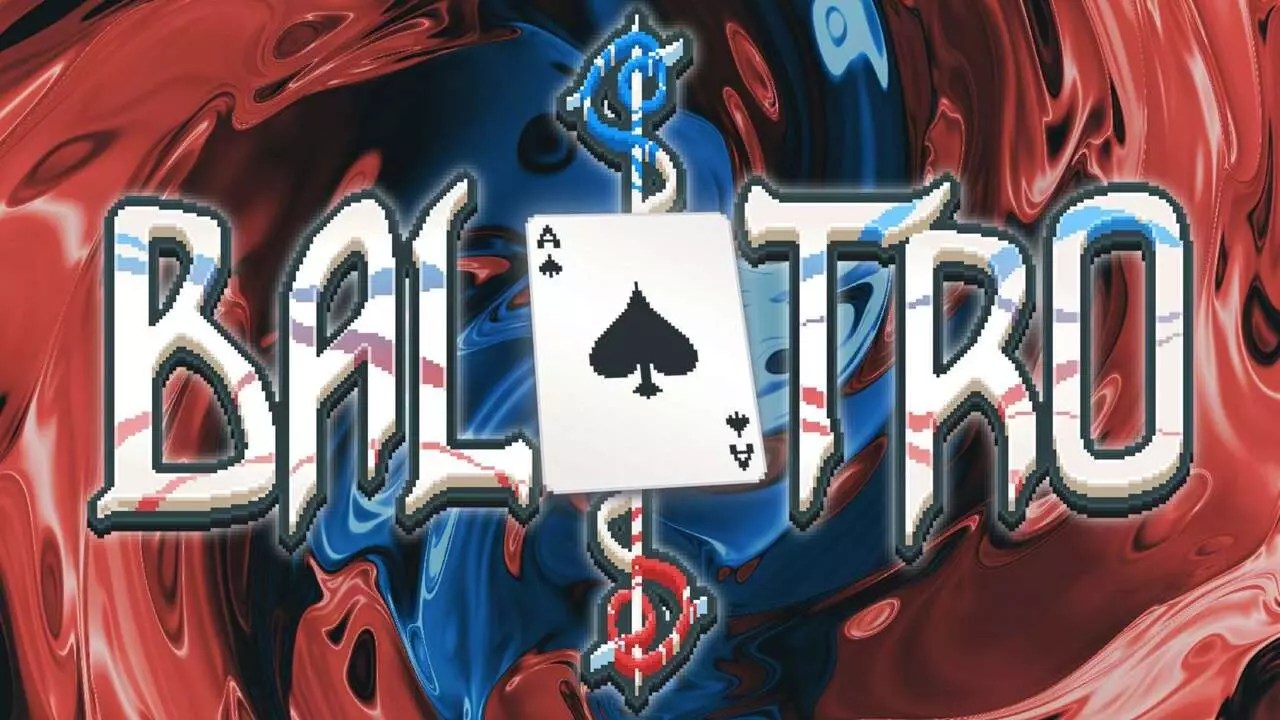In the ever-evolving landscape of video game ratings, the recent classification of Balatro by PEGI (Pan European Game Information) has sparked significant debate among gamers, developers, and industry observers. Rated 18+, Balatro’s categorization has raised eyebrows, especially considering the juxtaposition with other titles that seemingly contain elements of gambling yet are rated for younger audiences. The PEGI board’s rationale for rating Balatro adult-only stems from the game’s use of real poker hands, which, according to them, exposes players to the mechanics associated with real-life gambling. This decision highlights a critical aspect of the rating system itself, which is designed to guide consumers in making informed choices about game content.
Developers’ Frustration and Industry Double Standards
LocalThunk, the developer behind Balatro, has candidly expressed frustration via social media, asserting that the classification appears biased. They amusingly suggested that the inclusion of “real gambling” elements might shift the rating down to a family-friendly 3+. This comment underlines a perceived double standard within the industry — games like EA Sports FC 25, with well-known microtransactions and loot-box mechanics, continue to enjoy a lower age rating despite containing gambling-like features. LocalThunk’s sarcastic commentary prompts deeper questions about the criteria used for these ratings and the consistency in enforcement across various titles.
The developer’s discontent isn’t merely about Balatro’s rating itself but rather speaks to a broader critique of how games targeted at younger audiences often circumvent scrutiny. By juxtaposing their game with EA Sports FC 25, which has long adopted controversial monetization strategies, LocalThunk highlights an inconsistency in how “gambling mechanics” are treated in video games aimed at children versus those rated for adults.
Impact on Game Success and Cultural Commentary
Despite the higher rating, Balatro has achieved phenomenal success since its release, selling over 3.5 million copies and garnering several accolades at The Game Awards. This popularity underscores a growing trend where innovation and engaging gameplay can sometimes outweigh the limitations imposed by ratings. Gamers seem increasingly discerning, often embracing titles that challenge conventional norms or push boundaries, irrespective of marketing labels.
Moreover, the developers’ lighthearted jab at PEGI’s assessment hints at a cultural commentary on the broader gaming ecosystem — one that often scrutinizes and throttles creative expression in the name of regulation while allowing games with more blatant exploitative mechanisms to slip through the cracks. This points toward a systemic issue where protective measures can sometimes fall short of their intended purpose.
Balatro’s journey raises important discussions about gaming regulations and the need for a more uniform approach to rating video games. As the landscape of gaming continues to blur the lines between entertainment and potential real-world implications, the conversation surrounding PEGI’s rating system is far from over. Developers like LocalThunk are pushing for clarity and equity in an industry nurtured by creativity but burdened by the weight of regulatory oversight. The hope is for a regulatory framework that better reflects the complexities of modern gaming while protecting audiences without stifling innovation.


Leave a Reply